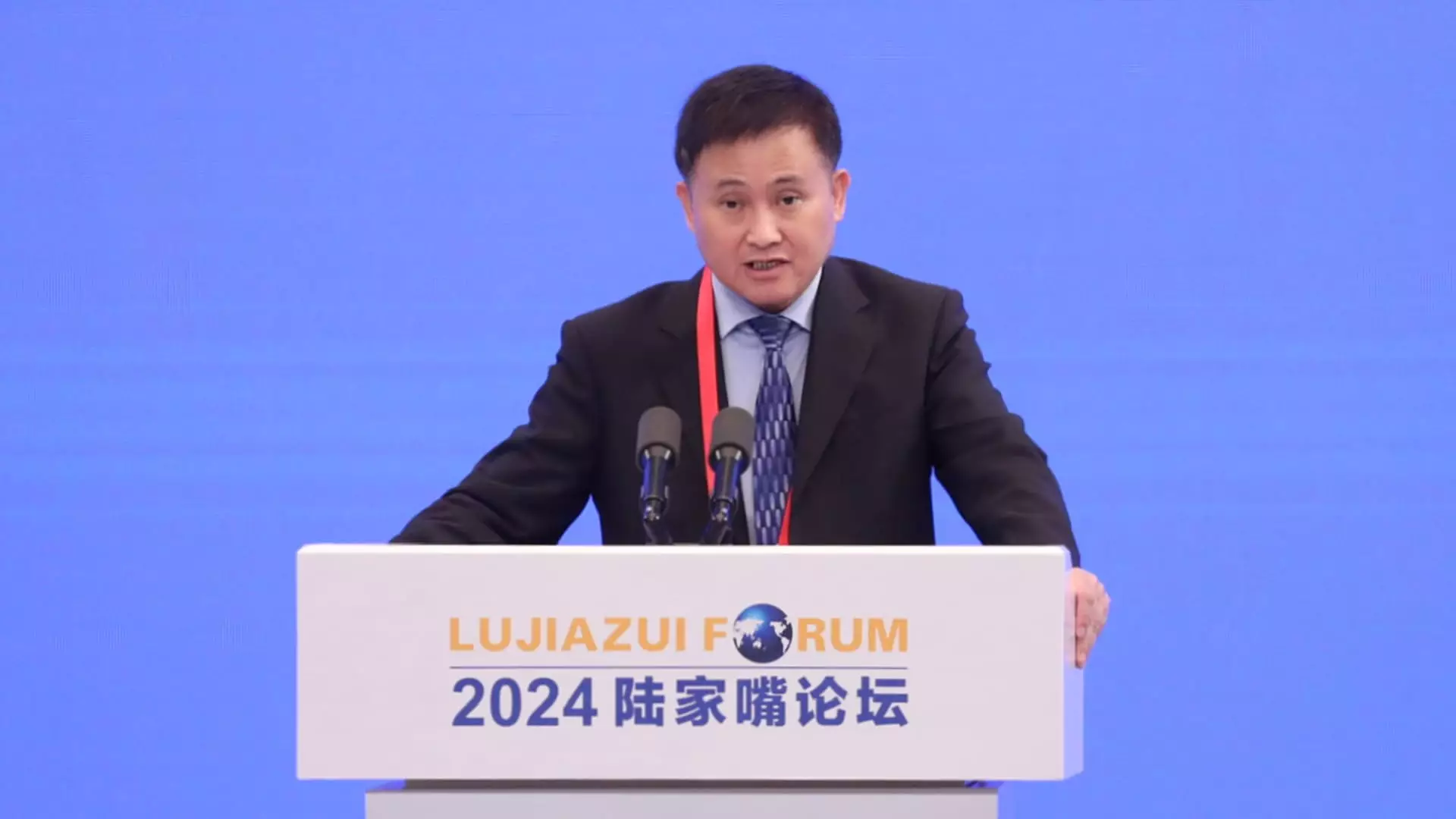In a recent meeting that drew significant attention, the Governor of the People’s Bank of China (PBOC), Pan Gongsheng, articulated the central bank’s intentions to sustain a supportive monetary policy structure. This announcement comes at a critical juncture as the Chinese economy grapples with various headwinds. Central banks worldwide are often tasked with the dual responsibilities of stabilizing the financial system and fostering economic growth, and China’s current strategy reflects a commitment to these objectives amidst fluctuating economic conditions.
At the heart of the PBOC’s strategy lies the concept of counter-cyclical monetary policy, which aims to mitigate short-term economic fluctuations through active intervention. Pan’s remarks emphasized the necessity of ramping up the intensity of these interventions to bolster economic resilience. This approach is essential, especially as global uncertainties linger, affecting trade dynamics and investment sentiment. Counter-cyclical measures typically include adjustments to interest rates and open market operations. By recognizing the need for heightened intervention, the PBOC is signaling a proactive stance to cushion the economy against adverse shocks.
The context of Pan’s statements was further enriched during the meeting of the National People’s Congress Standing Committee, indicating that broader fiscal measures are also on the horizon. The anticipated approval of additional fiscal stimulus indicates a collaborative approach between China’s monetary and fiscal policies. The Finance Minister, Lan Fo’an, has disclosed plans to adjust local government debt limits to address hidden debt issues. This strategy not only seeks to replace potentially non-transparent obligations but also reflects a broader aim to stabilize financial conditions at the local government level, which can significantly affect overall economic stability.
The PBOC’s recent decision to cut interest rates aligns with a wider trend observed globally, particularly following the United States Federal Reserve’s easing measures. The Fed’s substantial 50 basis-point cut serves as a backdrop for China’s monetary policy decisions, emphasizing an interconnected global economic landscape. Such decisions often lead to competitive monetary easing, where countries adjust their policies in response to foreign actions to maintain exchange rate stability and economic competitiveness.
As the PBOC navigates this delicate balance, it must carefully consider external pressures alongside internal economic indicators. The anticipation of further rate cuts by the Fed highlights the tension and urgency in global monetary policy adjustments.
The People’s Bank of China’s recent announcements encapsulate a nuanced approach to monetary policy, reflecting both domestic economic conditions and international trends. By engaging in aggressive counter-cyclical measures and proposing collaborative fiscal policies, China aims to navigate through economic turbulence. The evolving economic landscape dictates a robust response, and it’s clear that both the PBOC and the Chinese government understand the implications of their strategies for sustaining economic growth and stability. The stakeholders’ focus on transparency and proactive measures will be crucial as China seeks to navigate the current economic climate.

